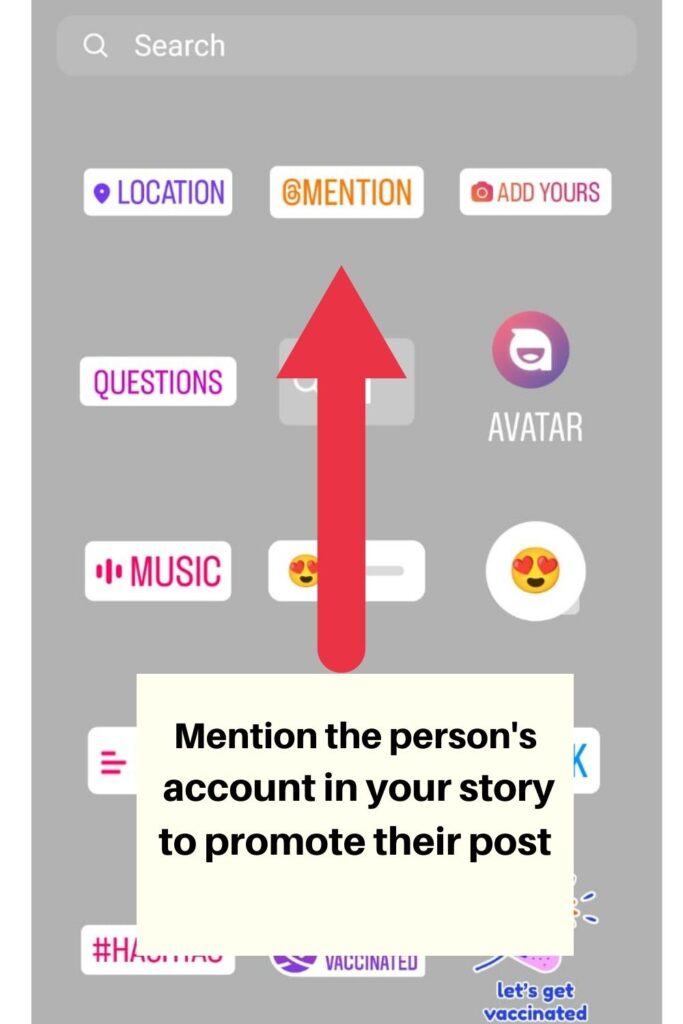The digital age has introduced us to a myriad of acronyms and abbreviations that have become integral to our online interactions. One such term that has recently gained traction is "SFS." But what exactly does SFS mean, and how is it used in various contexts? In this article, we will explore the meaning of SFS, its origins, and its prevalence in social media and communication. By understanding SFS, we can better navigate the modern language that shapes our online presence.
In a world where brevity is key, acronyms like SFS allow individuals to convey messages quickly and efficiently. From social media platforms like Instagram and Snapchat to more casual conversations among friends, SFS has found its way into our everyday communication. This article aims to decode the layers of SFS meaning, providing insights into its usage, implications, and the communities that have embraced it. Join us as we delve into this fascinating linguistic phenomenon.
As we explore the SFS meaning, we will also look at how it has evolved and adapted over time. The digital landscape is constantly changing, and with it, the language we use to communicate. By understanding the roots and applications of SFS, we can gain a deeper appreciation for the creativity and dynamics of language in the 21st century.
What is the SFS Meaning?
The term "SFS" stands for "Shoutout for Shoutout." It is a popular practice on social media platforms where users promote each other's accounts to gain visibility and followers. This mutual agreement benefits both parties involved, as it increases their exposure and potentially attracts more followers. In a crowded digital space, SFS has become a valuable tool for users looking to grow their online presence.
How Did SFS Become Popular?
The rise of SFS can be attributed to the growth of social media influencers and the desire for increased brand visibility. As users began to realize the power of collaboration, the SFS concept quickly took hold. Some key factors contributing to its popularity include:
- The need for social validation and recognition.
- The competitive nature of social media platforms.
- The influence of marketing strategies utilized by brands and influencers.
Is SFS Exclusive to Certain Platforms?
While SFS is most commonly associated with platforms like Instagram and Snapchat, it has also made its way into other social media channels. Users on TikTok, Twitter, and Facebook have adopted the SFS practice, showcasing its versatility and appeal across various platforms. The core concept remains the same: users support one another to expand their reach and connect with new audiences.
Who Uses SFS?
SFS is utilized by a wide range of social media users, from casual individuals to professional influencers. Here are some groups that commonly engage in SFS practices:
- Micro-influencers looking to build their audience.
- Small businesses aiming to increase brand awareness.
- Content creators seeking collaboration opportunities.
- Friends and peers wanting to support each other's online presence.
What Are the Benefits of Using SFS?
The SFS meaning extends beyond its definition; it offers several benefits to both parties involved. Some key advantages include:
Are There Any Downsides to SFS?
While SFS can be beneficial, it is essential to consider potential downsides. Users may encounter issues such as:
- Fake Followers: Some individuals may engage in SFS solely to gain followers without genuine interest in the other user's content.
- Quality Over Quantity: Focusing too much on follower count can detract from the quality of engagement and relationships built on social media.
- Misalignment of Audiences: If the users involved in the SFS do not share a similar target audience, the effort may not yield desired results.
How to Effectively Use SFS?
To maximize the benefits of SFS, users should follow some best practices:
- Choose the Right Partners: Collaborate with users who share a similar audience and values.
- Be Authentic: Ensure that the shoutouts are genuine and not forced to maintain credibility.
- Create Engaging Content: Make sure that both parties have high-quality content to showcase during the SFS.
- Follow Up: After the SFS, continue engaging with the new followers to build relationships.
Can SFS Be Used for Marketing Purposes?
Absolutely! Many brands and businesses have adopted SFS as part of their marketing strategies. By partnering with influencers or other brands, they can effectively reach new audiences and drive engagement. This collaborative approach has proven to be a powerful tool in the digital marketing landscape.
What is the Future of SFS in Social Media?
As social media continues to evolve, so will the practices surrounding SFS. It is likely that we will see more innovative ways in which users collaborate and support one another. The concept of SFS will remain relevant as long as users seek to enhance their online presence and foster community in the digital realm.
In conclusion, the SFS meaning transcends its definition as simply a social media practice. It represents the power of collaboration, community, and the desire for connection in an increasingly digital world. By understanding the nuances of SFS, users can navigate the complex landscape of social media more effectively, building meaningful relationships and growing their online presence.



ncG1vNJzZmixn6PAtr7IZqWeq6RjsLC5jq2pnqaUnruof46snaxlnZqur7XNoGWhrJ2h